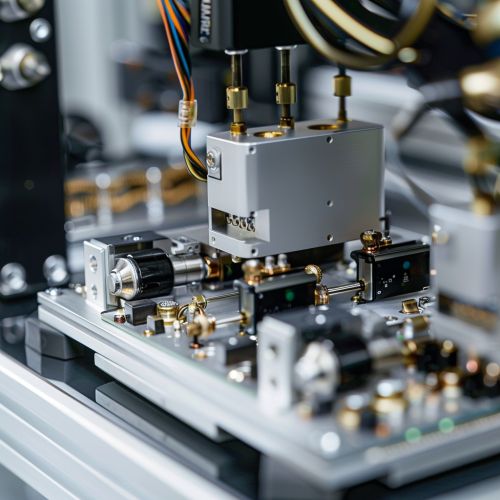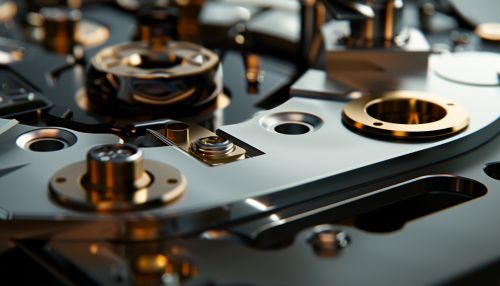Inertial Measurement Unit (IMU)
Introduction
An Inertial Measurement Unit (IMU) is a device that measures and reports a body's specific force, angular rate, and sometimes the magnetic field surrounding the body, using a combination of accelerometers, gyroscopes, and sometimes magnetometers. IMUs are typically used to maneuver aircraft, including unmanned aerial vehicles (UAVs), among many others, and are a component of inertial navigation systems (INSs). Inertial Measurement Units are used as components of vehicle stability systems, in camera stabilization and in some consumer electronics, such as smartphones and tablets.
History
The development of IMUs and their underlying technologies can be traced back to the early 20th century, with the advent of stable platform systems. These systems, which utilized mechanical gyroscopes and accelerometers, were used for navigation in submarines and aircraft during World War II. The evolution of IMUs has been driven by advancements in a variety of fields, including materials science, electronics, and computer science.
Components
IMUs consist of at least one gyroscope and one accelerometer. A gyroscope measures angular velocity, while an accelerometer measures linear acceleration. Some IMUs also include a magnetometer, which measures the strength and direction of the magnetic field.
Gyroscope
A gyroscope is a device that uses the principles of angular momentum to maintain orientation. The main types of gyroscopes used in IMUs are mechanical, optical, and MEMS gyroscopes.
Accelerometer
An accelerometer is a device that measures proper acceleration, which is the acceleration it experiences relative to freefall. The acceleration measured by an accelerometer includes both the physical acceleration of the device, and the acceleration due to gravity.
Magnetometer
A magnetometer is a device that measures magnetism. In the context of an IMU, a magnetometer is typically used to determine orientation relative to the Earth's magnetic field.
Operation
The operation of an IMU involves complex algorithms and computations. The raw data from the accelerometers and gyroscopes is processed to compute the orientation, velocity, and position of the device. This process is known as sensor fusion. The most common algorithm used for sensor fusion in IMUs is the Kalman filter.
Applications
IMUs have a wide range of applications, from consumer electronics to aerospace and defense. They are used in smartphones and tablets for orientation detection, in vehicles for stability control, in cameras for image stabilization, and in aircraft and spacecraft for navigation and control.
See Also


